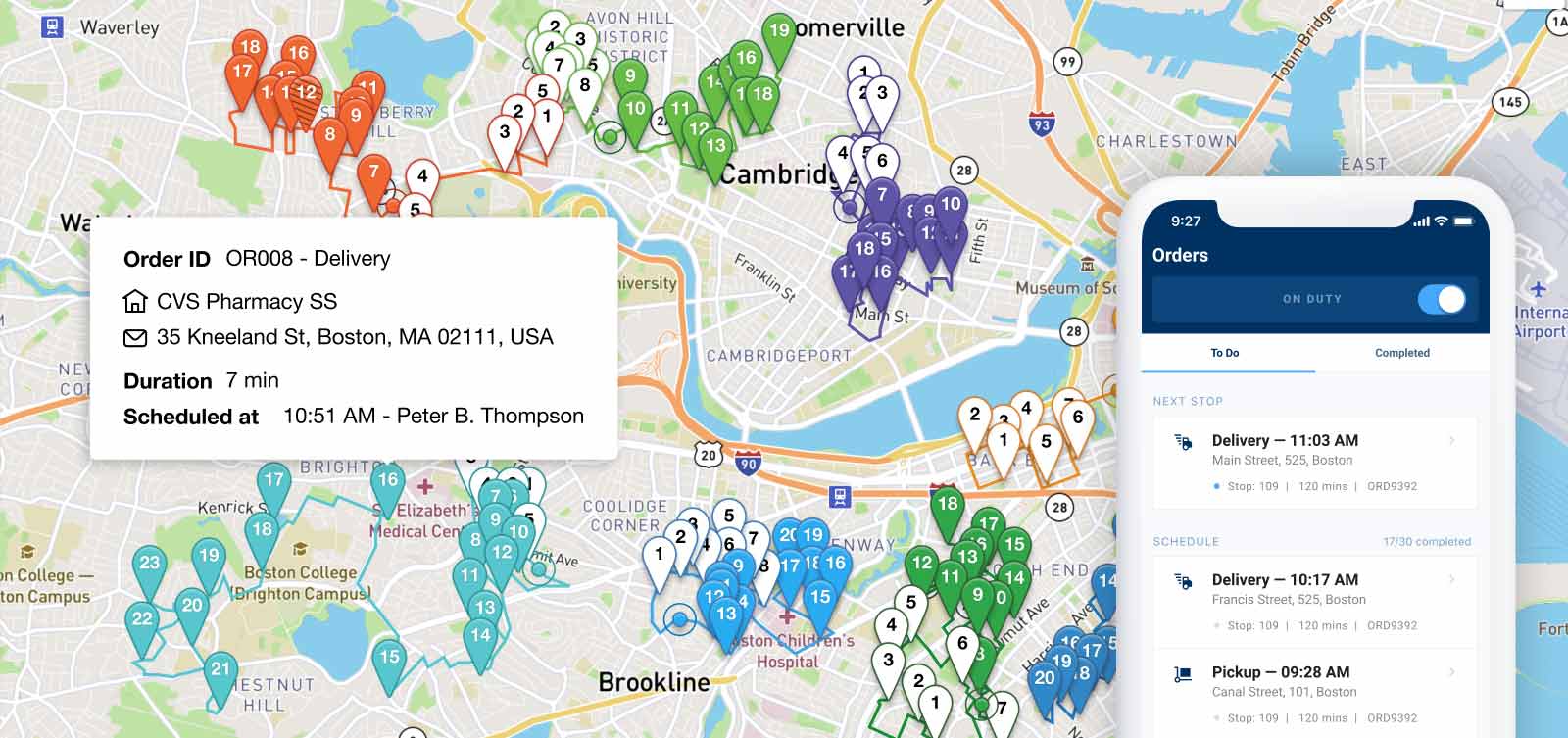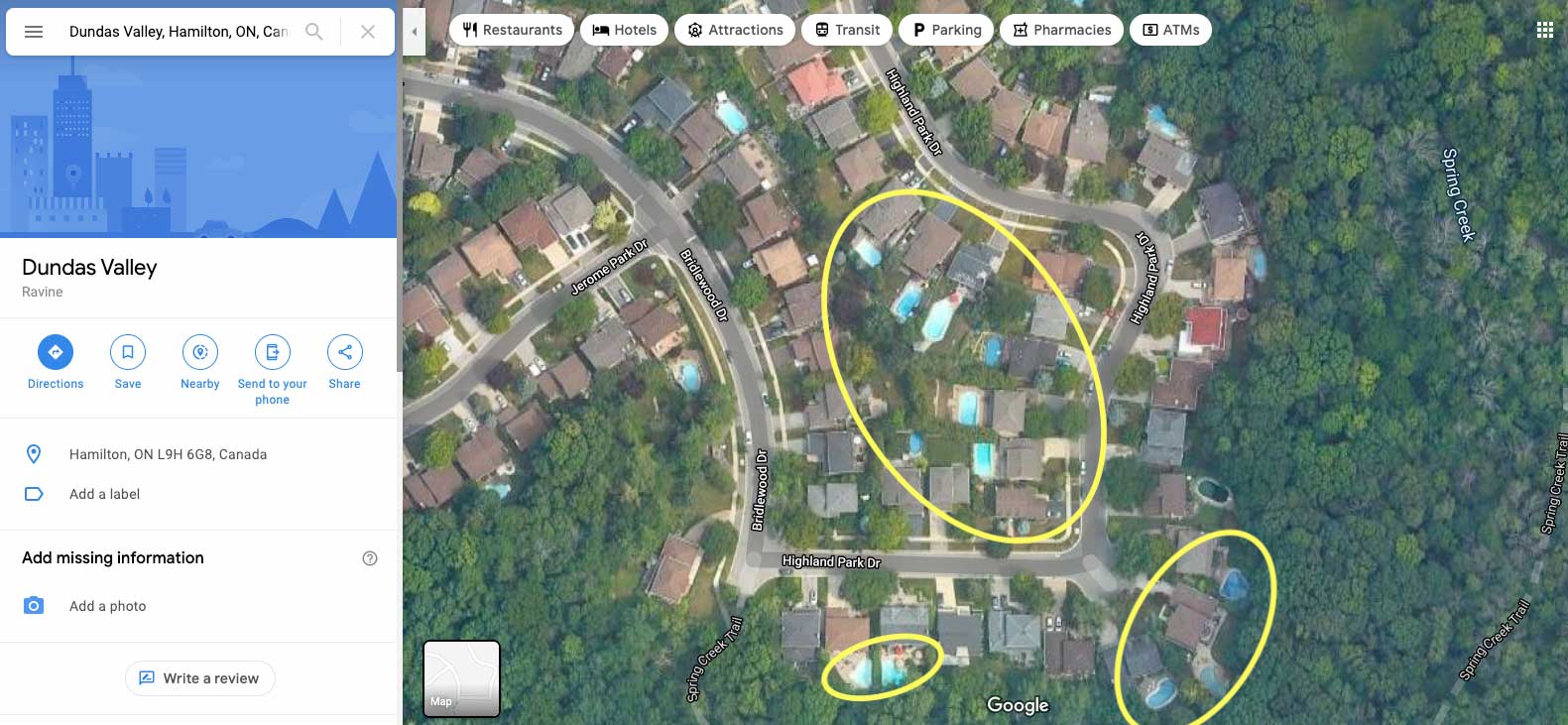Launching And Growing an Installation Business in 2024

In the United States, home remodeling and installations during the pandemic skyrocketed; installation businesses in several industries, including swimming pools, kitchen cabinets, and solar energy, saw an upsurge in their demand. HomeAdvisor data shows that spending on home services increased by over 40% in 2020.
But high demand for installation services doesn’t guarantee long-term success. Data shared by the U.S. Department of Energy shows that 70% of HVAC businesses are likely to fail in their first year of operations. Around 25% of construction businesses are estimated to fail within their first year of operations.
Launching and growing a successful plumbing business, installation business, or other trade work takes a lot of time and effort. We’ll guide you through the best practices to follow while starting an installation business and six expert tips you can implement to grow your business successfully.
Jump ahead to find out:
- What Is an Installation Business?
- Best Practices to Follow While Starting an Installation Business
- Six Expert Tips to Grow Your Installation Business
What Is an Installation Business?
An installation business provides installation services and after-sales support for residential and commercial construction projects. Examples of installation businesses include flooring, roofing, HVAC, swimming pool, and security system companies.
Best Practices to Follow While Starting an Installation Business
Figure out your installation business niche
Figuring out your installation business niche depends on your existing skills and experience. For example, maybe you’re more interested in installing pools than installing air conditioners.
Figuring out your installation business niche also depends on your regional market. Do residents in your neighborhood complain about an issue or a poor contractor they have to deal with frequently? You might find it useful to survey households in your area about your business niche to see if there is an appetite for the service you plan to launch.

Check the skills and certification you need before you can start
Before you set out to start your installation company, it’s best to check whether you need to be certified for the type of installation work you plan to do. In the U.S., HVAC technicians are required to obtain Section 608 Technician Certification as determined by the Environmental Protection Agency (EPA).
You might plan to start an installation business in an industry that doesn’t require government certifications beforehand. However, it might be a good idea to invest in certifications from an industry association to establish your credibility with customers. The Pool & Hot Tub Alliance offers certifications for pool builders and technicians. Certified Flooring Installers (CFI) offers certification and training courses to professionals in the flooring industry.
Get all your paperwork in order
Setting up an installation business comes with a lot of paperwork. Make sure you file paperwork to get federal and state tax IDs, and licenses and permits to operate your installation business.
California requires contractors and subcontractors who work on projects valued at more than $500 to be licensed by its Contractor State Licensing Board (CLSB). Similarly, Florida requires contractors operating in the state to be licensed by its Construction Industry Licensing Board (CILB).

Levelset has a handy guide on the licensing and regulatory requirements for each state.
Get the right business insurance
As an installation business, it’s important that you have business insurance to cover any hazards that can take place on the job. Depending on your installation business, you might need liability insurance, workers compensation insurance, installation floaters, etc.
The best thing to do is talk to installation businesses in your industry and licensed insurance agents to figure out the types of insurance you will require to get started.
Set up the essential digital tools you need
Before you go out and start getting customers, it’s important to set the right systems in place for long-term success.
1. Field Service Management (FSM) Software
Your FSM software is the digital heart of your business. Most FSM tools provide the key features you’ll use every day:
- Customer Relationship Management (CRM)
- Scheduling
- Estimating
- Invoicing and Billing
- Reporting and Analytics
You might not want all of these features when you’re getting started. Most FSM tools offer flexible pricing plans that offer more features with higher pricing tiers. You can start in a lower tier and upgrade when you need more features later on.

2. Route Optimization Software
Even if your installation business is a one-person operation, route optimization software provides several benefits to your business:
- Reduce your route planning time from hours to minutes.
The best route optimization tools can plan your service appointments weeks in advance. You won’t have to repeatedly enter addresses in Google Maps and Waze every morning. - Save time and money in the field.
When your installation team goes from one job to the next with optimized routes, they’ll spend less time and fuel in transit. - Notify your customers when you’re on your way.
The strongest tools provide them with live tracking and ETA features as well so they can plan their schedules around your arrival. - Show Proof of Service.
If your customer is not at home for your flooring installation project, you can easily show them your work and avoid post-project issues.
If you’re interested in these features, check out the OptimoRoute platform here.
Six Expert Tips to Grow Your Installation Business
Growing your installation business comes down to finding your initial round of customers, delivering your services to them successfully, and using their word-of-mouth to attract more business.
Many installation business owners might find this growth strategy easier said than done. One reason for this gap is that more customers are finding installation services online, but the construction industry is among the least digitized. Another reason is that new installation business owners can make common mistakes, like underbidding projects, that they can easily avoid.
With these six expert tips, you’ll be able to grow your installation business faster than the rest.
1. Establish an online presence
Though your work is done offline, your business growth requires that you’re online, too. An easy and effective way to do this is to list your business on platforms where people search for installation services.

Start by listing your installation business on these platforms:
- Google My Business
Businesses with Google My Business pages get an average of 1,009 searches/month. Plumbing and HVAC businesses frequently benefit from searches on Google, with a 90% discovery rate. - HomeAdvisor
HomeAdvisor is a platform that connects homeowners with local service professionals and installation businesses. According to SimilarWeb, HomeAdvisor receives 15 million visits per month on average, with 95% of those in the U.S. - Thumbtack
Installation and repair services grew on Thumbtack during the pandemic. Data shared by Thumbtack showed that categories like Home Construction, Home Maintenance, and Home Systems significantly grew in April and May 2020, with an increase in subcategories like Handyman (31%), Concrete Installation (188%), and Fence and Gate Installation (157%).
2. Deliver quick and accurate quotes
Customers will reach out to multiple contractors for quotes, so the faster you get yours to them, the more likely they will be to go with you.
Make sure that when you estimate your quotes, you factor in not just the cost of your materials, but the cost of labor as well. According to a 2013 Roofing Contractor survey, 90% of roofers underbid their jobs.
3. Provide a stellar customer experience
Customer service is central to the success of your installation business because your customer’s experience will determine whether they call you for future installation and service projects.
We came across this sentiment when we spoke to two HVAC companies in October 2020. According to them, doing good work and building trust with customers is essential for building a sustainable HVAC installation business.
Evaluate every touchpoint you have with your customer, from your website to your invoice, with an eye toward improving the customer experience. You might also want to consider investing in software that brings all your touchpoints together in an omnichannel experience.
4. Let former customers attract new customers
Get your customers to review your business online with testimonials. According to a 2020 BrightLocal survey, 82% of consumers read online reviews for local businesses.
For installation businesses, testimonials work well to attract new customers. The Air Conditioning Contractors of America (ACCA) HVAC Blog recommended testimonials as the #1 marketing strategy for HVAC contractors in 2020.
In addition to written customer testimonials, you might also want to consider visual user-generated content. Seeing a customer review your business in a video is more impactful than reading their review in written form.
5. Increase first-time-fix rates
A First-Time-Fix (FTF) occurs when a technician can fix a service issue without additional help or parts. By increasing first-time-fix rates, installation businesses can reduce their costs and increase their revenue and customer satisfaction.
- Revenue: A 2013 Aberdeen Group study showed that service businesses that had an FTF rate > 80% experienced a 6.2% increase in their service revenues, compared with a 1.6% increase for businesses that had an FTF rate < 80%.
- Costs: Kieran Notter, VP of Global Transformation at ServiceMax, showed how a 10% increase in FTF rates effectively adds the capacity of a full-time technician to existing technician teams.
- Customer Satisfaction: The Aberdeen Group study saw a direct correlation between customer satisfaction and customer retention and FTF rates.

6. Do things that don’t scale
Small businesses often need to do things that don’t scale to connect with a target market, stand out from the competition, and kick-start their growth. It’s a piece of advice that comes from the technology industry, but can be easily applied to installation companies as well.
One example of doing things that don’t scale for installation businesses: going door-to-door to people’s homes in your local area and advertising your installation business with flyers/business cards.

Dan Stewart, founder of Dundas Valley Pools, shared how he took a creative approach to finding customers when he first started. He went on Google Maps and turned on Satellite View to see which households had pools in his area. He then went door-to-door to those specific addresses, offering them his pool cleaning and repair services. This resulted in his initial 20 customers for pool openings/closings and safety cover installations—a total of $7000 in net revenue.
Grow Your Installation Business With OptimoRoute
Launching an installation business takes hard work, but we hope we made it easier for you.
Started your installation business and looking for a route optimization and fleet scheduling software that scales with you? Try out OptimoRoute for free today!
Try OptimoRoute™ for Free
No installation or credit card required


